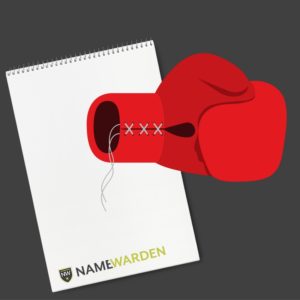When is it Just Not Worth the Trademark Fight?
Well intentioned trademark enforcement efforts can sometimes cause unintended collateral damage. Even a victorious trademark fight can be accompanied by a PR nightmare. In some cases, the PR problems can cost more than a legal battle. Brand defense is a noble effort, but not if the PR damage is too great.
Take Vail Resorts’ trademark application for the words ‘Park City’, an iconic ski community. The application resulted in outrage by the town and a costly trademark fight. After a rally of angry community members and a lot of bad press, Vail Resorts ended up withdrawing their application.
 In addition to bad PR, there could be significantly more financial costs to the client when it comes to a big trademark fight. For instance, bad PR could require the hiring of a PR firm to squash and spin the press. It could also end up being a long and expensive legal battle.
In addition to bad PR, there could be significantly more financial costs to the client when it comes to a big trademark fight. For instance, bad PR could require the hiring of a PR firm to squash and spin the press. It could also end up being a long and expensive legal battle.
The Washington Redskins case was not a case of enforcement gone overboard, but it is still a prime example of how tangled and expensive a protracted trademark fight can be. The team has been in trademark litigation since 2013 when they were asked to change their name due to its disparaging reference to Native Americans. Three years later, they’ve appealed their way to the Supreme Court and are still fighting the battle.
The Redskins have plenty of resources to continue a trademark fight of this magnitude, but does your client? There’s a fair amount to consider when it comes to defending a mark.
Here are some things to consider and discuss before starting or continuing a trademark battle.
- Is your trademark strategy too broad? Remember that unless there is a real probability of consumer confusion, trademark law will not ultimately support your demand.
- Are you trying to capitalize on a colloquial or local term in a way that will upset the community in which your business resides?
- Are you trying to squash a little guy who may have made a mistake or is unaware of how their mark could be confusing?
- Is there a less aggressive means for your request of the other party? For example, a less formal email or a phone call. Keep in mind that cease and desist letters are very often posted online by the recipients, inviting and inciting criticism from far and wide.
While it’s of utmost importance to ensure that your client’s trademarks are protected, it’s also important to know the risks involved in pursing a legal battle. If there’s cause to send a cease and desist, you should always assume your letter will become public and could create some backlash. Careful consideration should be made about your next steps, and strategies in place to prevent or manage collateral damage.

Leave a Reply
Want to join the discussion?Feel free to contribute!